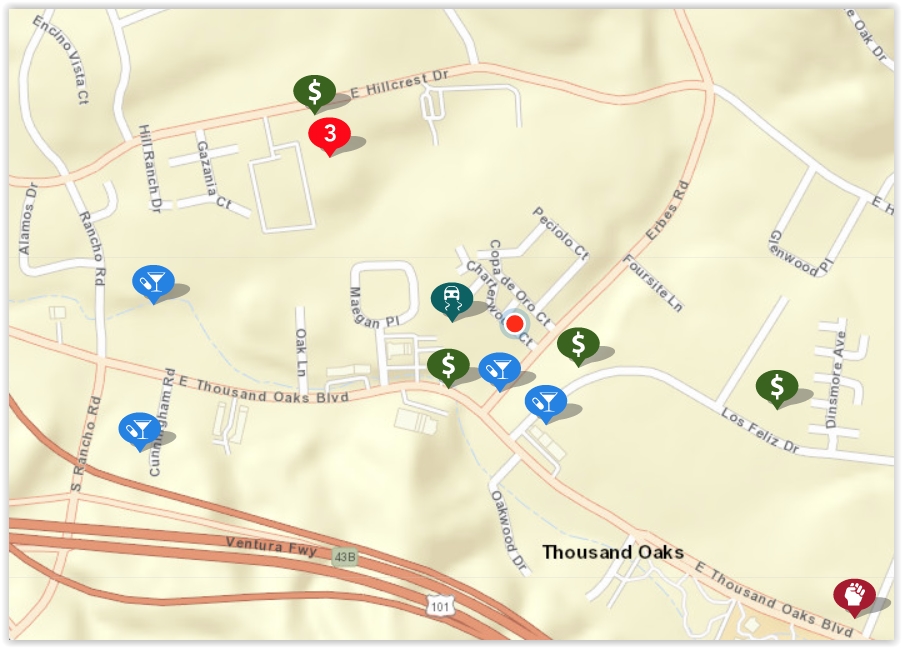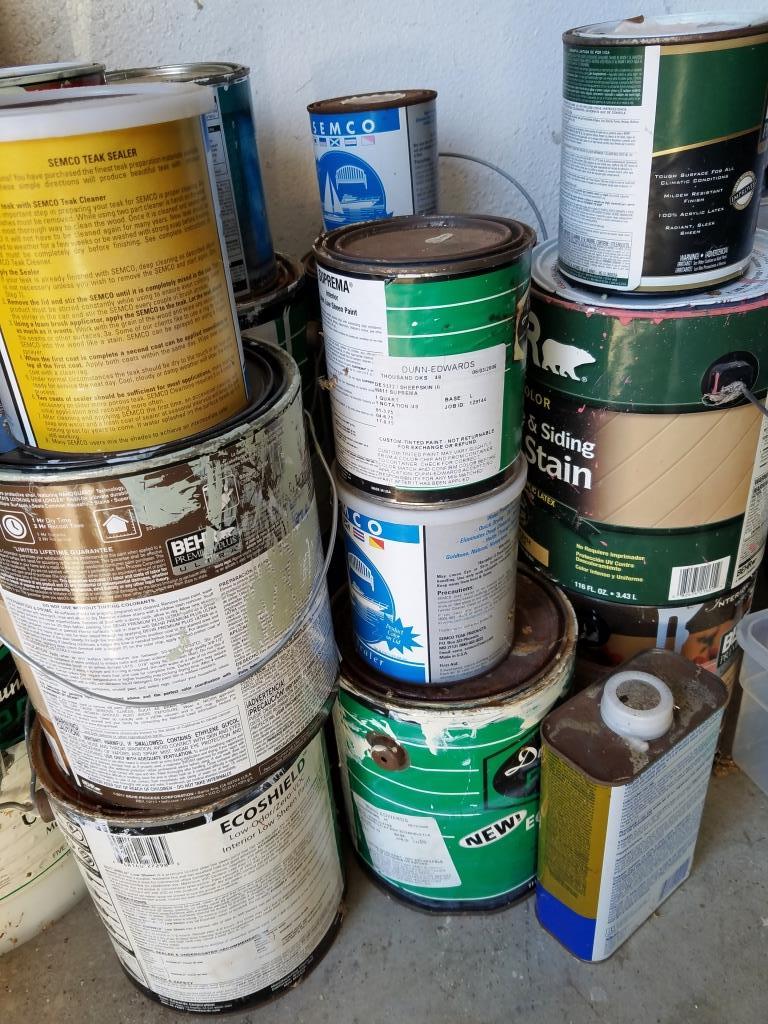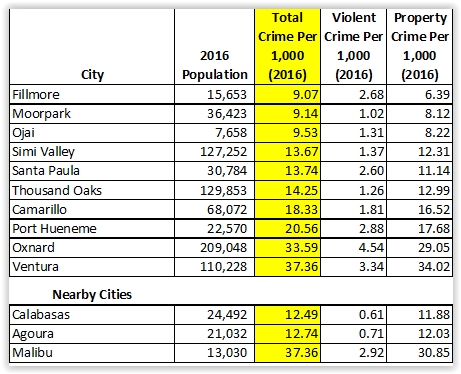Ventura County Area Crime Maps Online
/The Ventura County Sheriff's Office serves the County of Ventura and five contract cities of Camarillo, Fillmore, Moorpark, Ojai, and Thousand Oaks. There is a wealth of information on the VC Sheriff's website at www.venturasheriff.org, including phone numbers for patrol stations.
One tool available that shows recent crimes in these jurisdictions is located at CrimeMapping.com, a website that provides information, in map format about crimes committed on a rolling 180 day basis.
To use CrimeMapping.com, simply go to the site and type in a location - address, landmark or zip code. From there, you’ll see a map of crimes reported over the most recent week, which is the default time frame. You can change this time frame using filters on the site, up to 180 days’ worth of data. Here’s what the map looked like over a 180 day period:
You can learn more about individual crimes by clicking the icons on the map. Crimes include arson, assault, burglary, disturbing the peace, drug/alcohol violations, DUI, fraud, homicide, auto theft, robbery, sex crimes, theft/larceny, vandalism, vehicle break-in and weapons.
The number 3 in a red circle in the image above indicates multiple records. I clicked it and there were 2 possession of a controlled substance - one in the 300 block of Hillcrest Drive on July 17th at 1:30pm and the other in the 2400 block of Hillcrest Drive on July 17th at 12:30pm. The third violation was fraudulent use of access card on April 1st at midnight.. Note that exact addresses are not provided; they report as specific as block number.
The first icon at the bottom right side of the image was an assault (battery) in the 2200 block of E. Thousand Oaks Boulevard at 10:05am on August 7th.
You may also create alerts on the CrimeMapping site that are sent to you via email. Click “Receive Alerts,” choose location (city, landmark, address or zip) and search distance (ranges from 500 feet to 2 miles).











